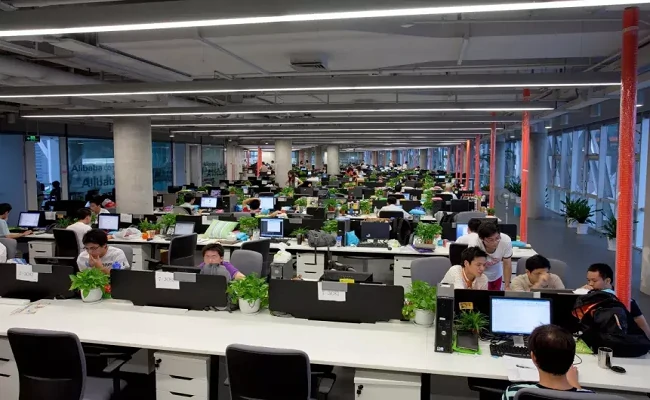Iran News
Developing Quantitative Trading in Iranian Stock Market

In recent years, the Iranian stock market has gained significant attention from investors worldwide. With its rapid growth and potential for high returns, many traders are seeking innovative strategies to capitalize on these opportunities. One such approach that has gained popularity is the development of quantitative trading systems.
Quantitative trading involves using computer algorithms to make investment decisions based on statistical models, market data, and mathematical computations. This approach allows traders to analyze vast amounts of data quickly and execute trades with precision. By incorporating sophisticated strategies and automation, quantitative trading can potentially generate consistent profits in the volatile stock market.
In the context of Iran's stock market, developing quantitative trading systems offers several advantages. Firstly, it enables traders to exploit market inefficiencies and identify profitable trading opportunities that may go unnoticed by traditional methods. With the help of quantitative models, investors can analyze historical price patterns, correlations, and other relevant data to make informed trading decisions.
Additionally, quantitative trading systems can minimize emotional biases that often plague human traders. The algorithms are driven by predefined rules, eliminating impulsive decisions based on fear or greed. This systematic approach ensures consistency in trading strategies and reduces the impact of human behavioral biases on investment outcomes.
Another benefit of quantitative trading is its ability to rapidly process large volumes of data. The Iranian stock market is influenced by various factors, including political events, economic indicators, and company-specific news. By leveraging quantitative models, traders can efficiently process and analyze this information, allowing for quicker reactions to market changes and news events.
To develop effective quantitative trading systems in the Iranian stock market, traders must consider several key factors. Firstly, they need to collect and curate reliable and accurate data. This includes historical price data, company financials, economic indicators, and any other relevant market information.
Next, traders must identify appropriate statistical models and algorithms to analyze the collected data. These models should incorporate factors such as trend analysis, volatility forecasting, and risk management techniques to optimize trading strategies. Rigorous backtesting and forward testing are essential to ensure the robustness and effectiveness of these models.
Moreover, risk management is critical in quantitative trading. Traders must implement proper risk control mechanisms to limit exposure to losses. This includes setting stop-loss orders, diversifying portfolios, and applying position sizing techniques to manage portfolio risk appropriately.
In conclusion, the development of quantitative trading systems in the Iranian stock market offers immense potential for traders. By leveraging advanced algorithms and statistical models, investors can effectively analyze complex market data, minimize emotional biases, and exploit profit-making opportunities. However, it is crucial to emphasize that successful quantitative trading requires meticulous data collection, rigorous testing, and sound risk management practices. As the Iranian stock market continues to evolve, embracing quantitative trading strategies can provide a competitive edge for investors seeking consistent and profitable trading outcomes.
Iran Services
Iran Advantages
2. A development team of 50 people with excellent skills
3. Provide beautiful quotes to each customer
4. Ensure quality and timely completion of tasks
5. Ensure smooth communication and provide high-quality services

O
N
T
A
C
T








 Chinese
Chinese English
English French
French Russian
Russian Spanish
Spanish Portuguese
Portuguese Arabic
Arabic














